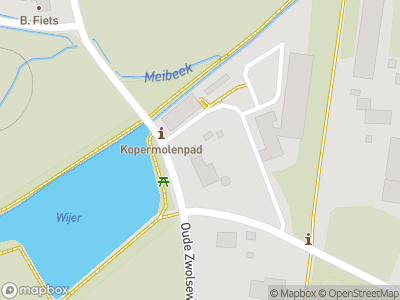The watermill in Wenum, is one of the few remaining watermills in the Veluwe region. The first record of there being a mill here dates from the 14th century. It is an example of an early regional industry, one that used water power for milling grain, tanning leather and papermaking.
14th-century watermill
The watermill in Wenum is mentioned in a document from 1313. Not long afterwards, the mill became the property of the dukes of Guelders. Mills like these were extremely important in the Middle Ages. They provided an inexpensive source of energy for milling grain and during this time, there were five other watermills lining the stream. Later, a large mill pond was dug to ensure there was enough water in reserve, even in dry weather. The mill pond is still visible today.
From copper mill to cheese factory
The mill was originally a corn mill, but was converted into a copper mill in the 18th century. The copper mill was not very successful and in 1858, the tannery in Apeldoorn turned it back into a corn mill and added a bark mill that was used for shredding oak bark to extract the tannins. Later still, the bark mill was replaced by a small cheese factory for the production of Swiss cheese. The current farmhouse dates from 1917.
A new future for the mill
Modern developments lead to the mill’s closure in 1965. In order to raise funds for the mill’s restoration, the Junior Kamer Apeldoorn (Junior Chamber) produced a card game, about the municipality of Apeldoorn. The mill complex was completely restored in the nineteen eighties and in 2007, the 2.7 km of stream was cleared to get rid of the copper-polluted riverbed. Now the watermill in Wenum is used by volunteers for the milling of animal feed and the farm is used as a party venue.















